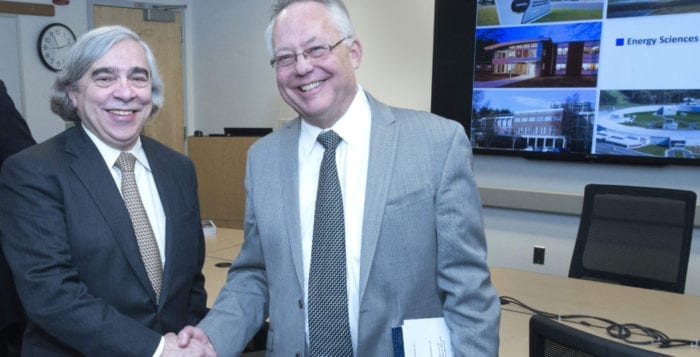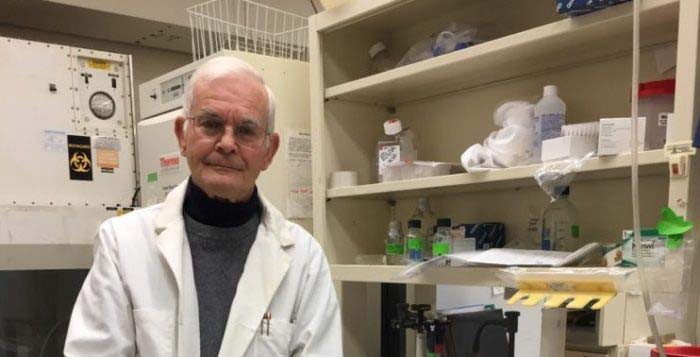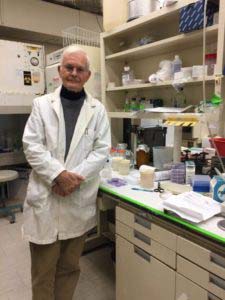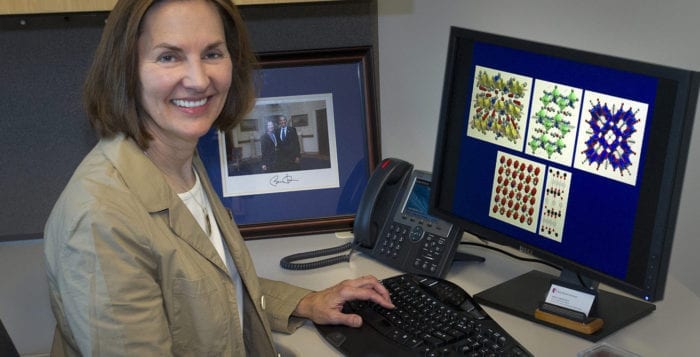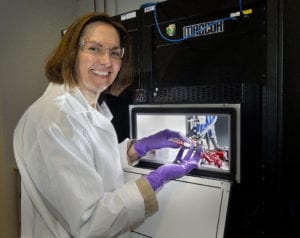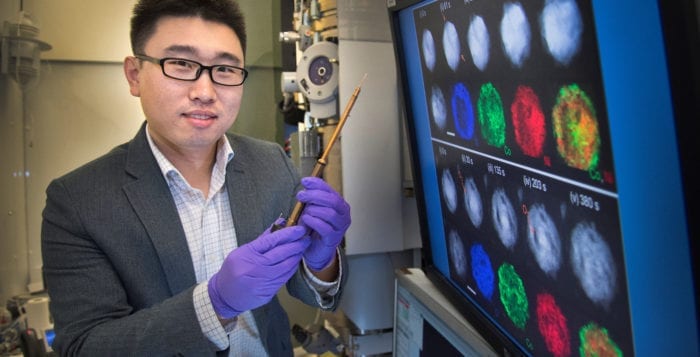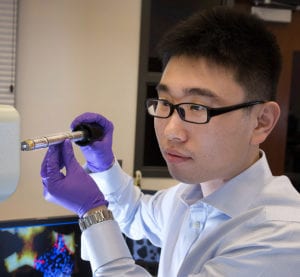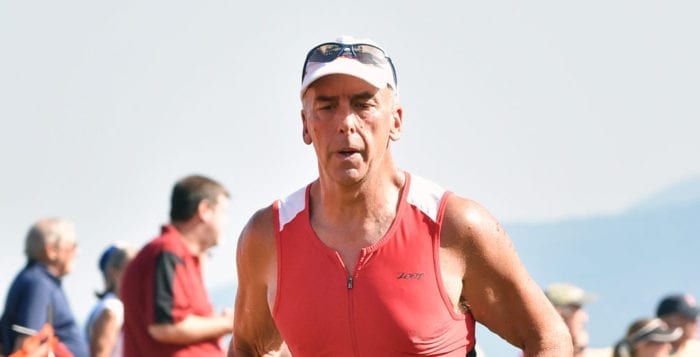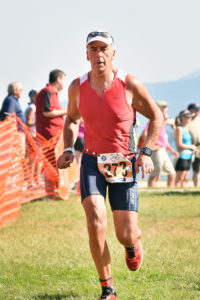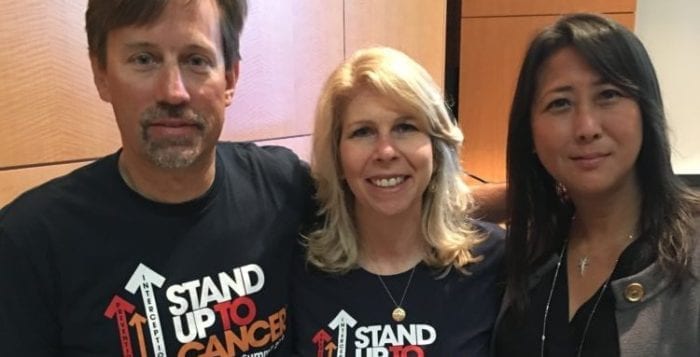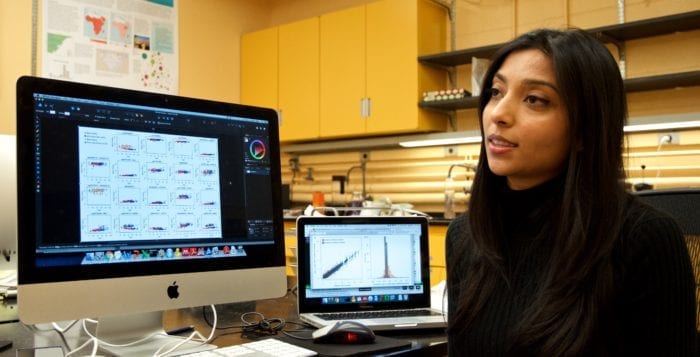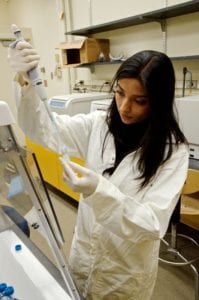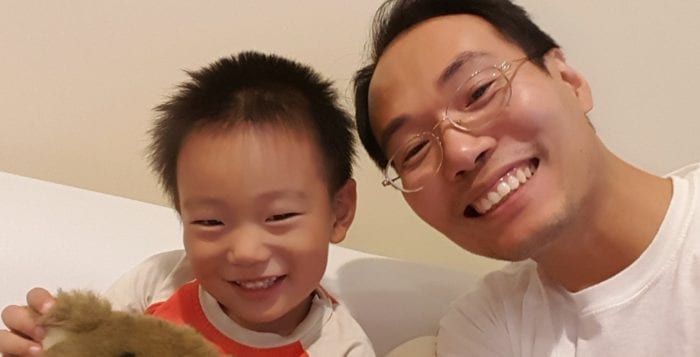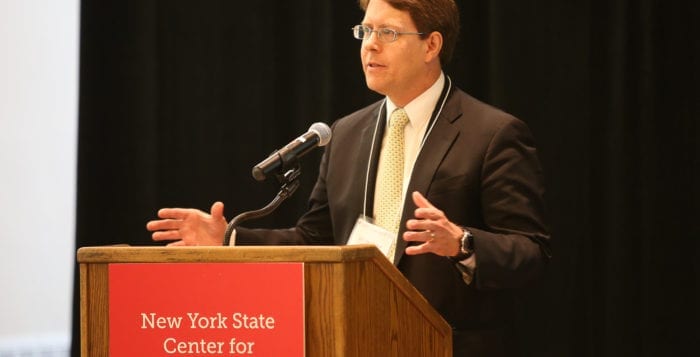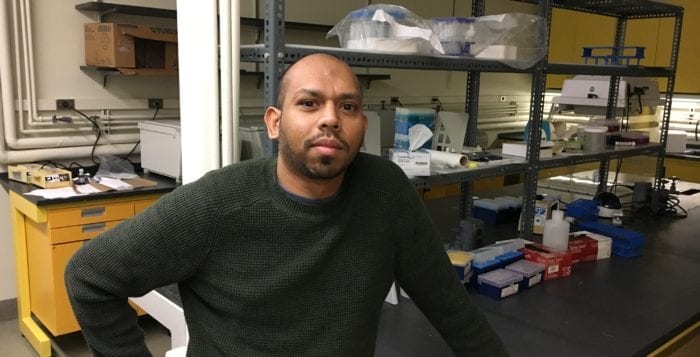By Daniel Dunaief
Before Ernest Moniz ends his tenure as Secretary of the Department of Energy, he and his department released the first annual report on the state of the 17 national laboratories, which include Brookhaven National Laboratory.
On a recent conference call with reporters, Moniz described the labs as a “vital set of scientific organizations” that are “critical” for the department and the country’s missions. Experts from the labs have served as a resource for oil spills, gas leaks and nuclear reactor problems, including the meltdown at Fukushima in 2011 that was triggered by a deadly tsunami. “They are a resource on call,” Moniz said.
In addition to providing an overview of the benefit and contribution of the labs as a whole, the annual report also offered a look at each of the labs, while highlighting a research finding and a translational technology that has or will reach the market. In its outline of BNL, the report heralded an “exciting new chapter of discovery” triggered by the completion of the National Synchrotron Light Source II, a facility that allows researchers at BNL and those around the world who visit the user facility to explore a material’s properties and functions with an incredibly fine resolution and sensitivity.
Indeed, scientists are already exploring minute inner workings of a battery as it is operating, while they are also exploring the structure of materials that could become a part of new technology. The DOE chose to shine a spotlight on the work Ralf Seidl, a physicist from the RIKEN-BNL Research Center, has done with several collaborators to study a question best suited for answers at the Relativistic Heavy Ion Collider.
Seidl and his colleagues are exploring what gives protons their spin, which can affect its optical, electrical and magnetic characteristics. The source of that spin, which researchers describe not in terms of a top spinning on a table but rather as an intrinsic and measurable form of angular momentum, was a mystery.
Up until the 1980s, researchers believed three subatomic particles inside the proton created its spin. These quarks, however, only account for a third of the spin. Using RHIC, however, scientists were able to collide protons that were all spinning in a certain direction when they smash into each other. They compared the results to protons colliding when their spins are in opposite directions.
More recently, Seidl and his colleagues, using higher energy collisions, have been able to see the role the gluons, which are smaller and hold quarks together, play in a proton’s spin. The gluons hadn’t received much attention until the last 20 years, after experiments at CERN, in Geneva, demonstrated a lower contribution from quarks. “We have some strong evidence that gluons play a role,” Seidl said from Japan, where he’s working as a part of an international collaboration dedicated to understanding spin.
Smaller and more abundant than quarks, gluons are like termites in the Serengeti desert in Africa: They are hard to see but, collectively, play an important role. In the same report, the DOE also celebrated BNL’s work with fuel cell catalysts. A senior chemist at BNL, Radoslav Adzic developed a cheaper, more effective nanocatalyst for fuel cell vehicles. Catalysts for fuel cells use platinum, which is expensive and fragile. Over the last decade, Adzic and his collaborators have developed a one-atom-thick platinum coating over cheaper metals like palladium. Working with BNL staff scientists Jia Wang, Miomir Vukmirovic and Kotaro Sasaki, he developed the synthesis for this catalyst and worked to understand its potential use.
N.E. Chemcat Corporation has licensed the design and manufacturing process of a catalyst that can be used to make fuel cells as a part of a zero-emission car. This catalyst has the ultra low platinum content of about two to five grams per car, Adzic said. Working at BNL enabled partnerships that facilitated these efforts, he said. “There is expertise in various areas and aspects of the behavior of catalysts that is available at the same place,” Adzic observed. “The efficiency of research is much more convenient.”
Adzic, who has been at BNL for 24 years, said he has been able to make basic and applied research discoveries through his work at the national lab. He has 16 patents for these various catalysts, and he hopes some of them will get licensed. Adzic hopes this report, and the spotlight on his and other research efforts, will inspire politicians and decision makers to understand the possibility of direct energy conversion. “There are great advances in fuel cell development,” Adzic said. “It’s at the point in time where we have to do some finishing work to get a huge benefit for the environment.”
At the same time, the efficiency of fuel-cell-powered vehicles increases their economic benefit for consumers. The efficiency of an internal combustion engine is about 15 percent, whereas a fuel cell has about 60 percent efficiency, Adzic said.
BNL’s Laboratory Director Doon Gibbs welcomed the DOE publication. “This report highlights the remarkable achievements over the past decade of our national lab system — one that is unparalleled in the world,” he said. Gibbs suggested that the advanced details in the report, including the recognition for the NSLS II, span the breadth of BNL’s work. “They’re just a snapshot of what we do every day to make the world a better place,” Gibbs said.
While the annual report is one of Moniz’s final acts as the secretary of the agency, he hopes to communicate the vitality and importance of these labs and their work to the next administration.“I will be talking more with secretary nominee [Richard] Perry about the labs again as a critical jewel and resource,” Moniz said. “There’s a lot of support in Congress.” Moniz said the DOE has had five or six lab days, where labs share various displays with members of the legislative body. Those showcases have been “well-received” and he “fully expects the labs to be vital to the department.”

